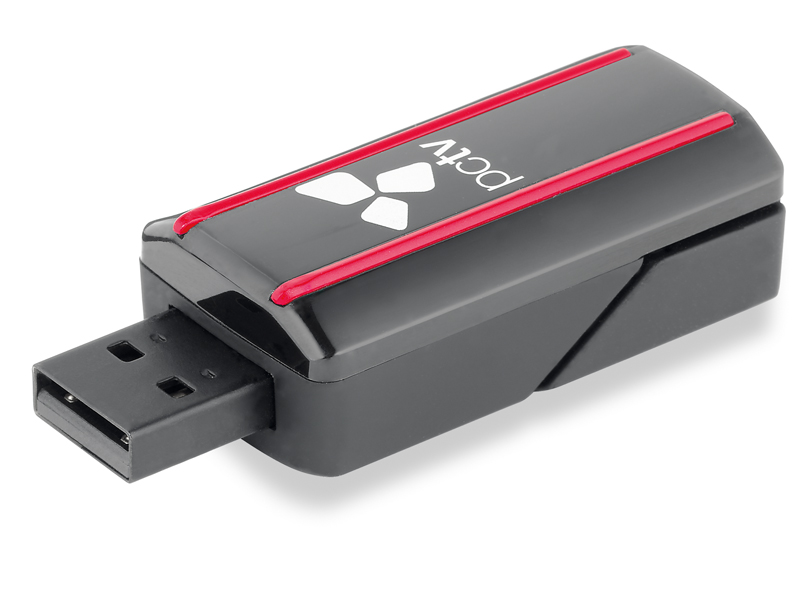TechRadar Verdict
Pros
- +
Freeview HD on a PC
- +
Sensibly priced
- +
BDA drivers
Cons
- -
No Mac support yet
- -
Powerful machine is needed for HD reception
- -
Some functionality chargeable
Why you can trust TechRadar
We've seen many digital terrestrial tuners for PCs, but until now all have supported only the original DVB-T standard – and that means the brave new world of DVB-T2 HD (Freeview HD) broadcasting has been strictly off -limits.
All of this changes with the introduction of the nanoStick T2 290e from Hauppauge subsidiary PCTV Systems. The first tuner to support both standards, it's a tiny and stylish USB 2.0 dongle.
Decoding and displaying HD channels is a punishing task; PCTV Systems recommends a multi-core 2.6GHz processor for HDTV. It's tiny, but the nanoStick T2 also accommodates an infrared receiver for armchair control over volume/channel changes and other features.
The supplied handset is small but perfectly formed, however, those small buttons won't be appreciated by the ham-fisted. Also included is a somewhat-optimistic whip aerial – only of use if you can literally see the transmitter mast from your window. For those who aren't in such a position, an adapter allows standard aerial connectors to be attached to the nanoStick T2's diddly little MCX socket. Rounding off the package is a CD-ROM containing the software.
Experiment remotely
The main program, TV Center, is neatly presented. Setting up and tuning channels via a wizard was simple. It's also easy to use; selection of channels can be achieved with up/down buttons or a pop-up channel list.
TV Center offers all the essential features including the selection of subtitles and alternative soundtracks, time shifting and a smart, grid-based EPG for scheduling recordings (radio or TV) and channel-changes. 'Red button' digital teletext does not figure here.
Recordings, which can be quickly opened for playback in TV Center's 'gallery', take the form of transport streams. Analysis of these shows that all of the recorded channel's data, including subtitles and multiple soundtracks, is intact. From the gallery you can also arrange for recordings to be transcoded into various formats, such as PSP/iPod-compatible MPEG-4, DivX, .mkv or .mpg, but you'll need to pay €5 to use each after a trial period.
TV Center does, however, have its limitations. The EPG covers full schedules, but they take a long time to appear. Neither can you record and view different channels, even if they're on the same mux.
Picture and sound quality, especially with HD channels was, however, excellent on our regularly updated Yoyotech PC equipped with a quad-core Intel processor, digital audio output and powerful ATi graphics card.
Sensitivity appears to be good – better than some Freeview HD boxes we've tried recently. Also positive is PCTV's decision to adopt BDA drivers, instead of a proprietary one so we were successfully able to partner the capable DVBViewer with the nanoStick T2.
Macs aren't supported (though drivers may follow), although one of the features of the supplied software – DistanTV – is an ability to stream the current programme (or a recording) to another computer on your home network. That computer can be a PC or Mac; you can also stream to other devices (such as iPads and iPhones). TV streaming over the internet and web-streaming and remote scheduling of recordings is also possible.
Follow TechRadar Reviews on Twitter: http://twitter.com/techradarreview
